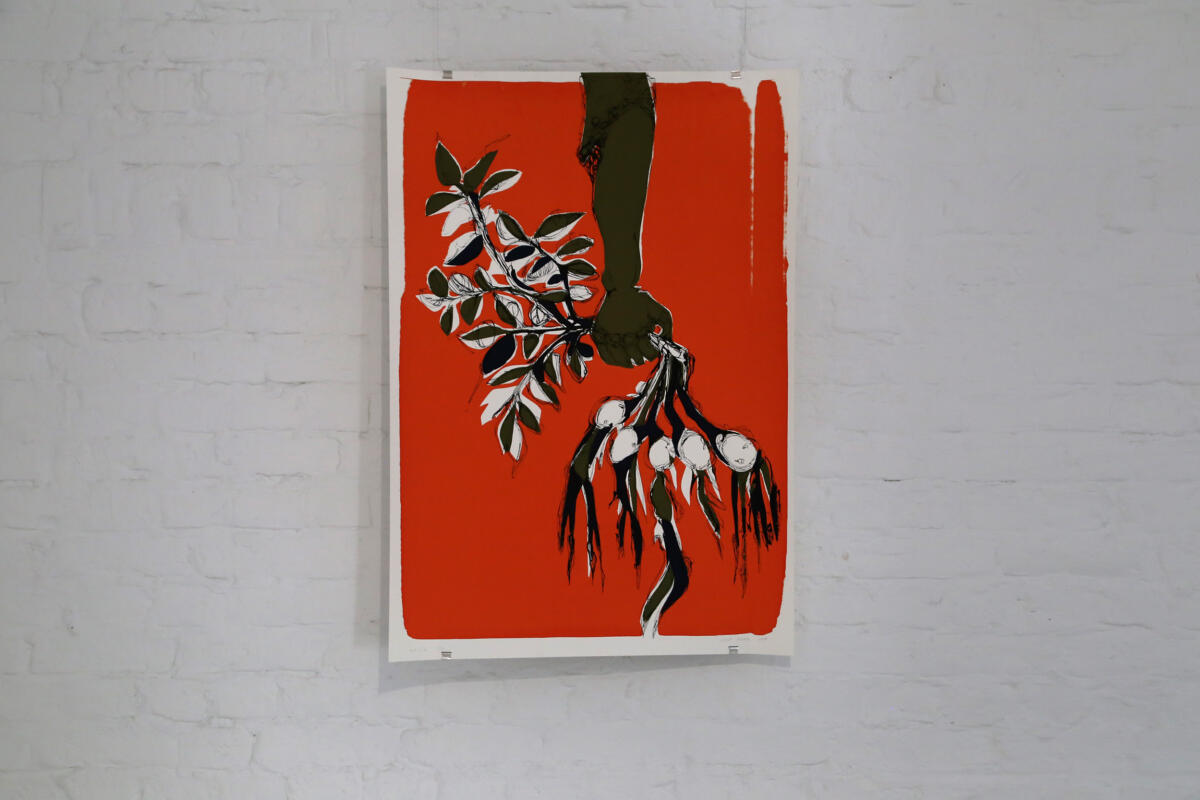[EN/LV] ‘Difficult Pasts. Connected Worlds’ at Latvian National Museum of Art
![[EN/LV] ‘Difficult Pasts. Connected Worlds’ at Latvian National Museum of Art](http://blokmagazine.com/wp-content/uploads/2021/02/liadostlieva-and-andrii-dostliev-in-the-middle-quinsy-gario-aslan-goisum-in-the-back-foto-margarita-ogolceva-9-1200x800.jpeg)
[EN]
text: Ieva Astahovska, Margaret Tali
The exhibition sheds light on difficult, often omitted subjects in the Baltic and Eastern European region and turns to the complex legacies of the twentieth century. Despite being suppressed in collective memory, these subjects and legacies often continue to influence today’s reality.
The past inevitably includes difficult and traumatic aspects. However, these difficult sides are often neglected when comforting stories are shared that stress overcoming such challenges. The difficult pasts addressed in the exhibition involve nationalist and communist regimes, recent warfare and histories of colonialism, and are focused on this complex heritage in the Baltic and Eastern European region.
The exhibition includes works by artists from the three Baltic countries, Ukraine, Poland, Chechnya, Finland and the Netherlands. The experiences the works evoke are often forgotten or ignored, excluded from official histories. Artists included in the exhibition narrate those experiences through individual stories, while evoking broader layers of cultural memory.
Overcoming local and national borders, the exhibition calls for reflection on the relationships between difficult pasts, their impact and presence today through the perspective of a shared history—offering dialogues, forging connections and foregrounding solidarities between the different difficult histories that are often perceived as incompatible or in competition with each other.
Several works focus on imperial politics and their legacies and call for them to be interpreted anew. What kind of consequences have Soviet and post-Soviet colonial policies had on individual lives and entire nations in the 20th and 21st centuries? Vika Eksta refers to the forgotten Soviet war in Afghanistan, in which many people from Soviet republics, including Latvia, were made to fight against their will, while Aslan Ġoisum’s work addresses the violence of the Chechen war.
Women’s experiences are invoked in the works of Zuzanna Hertzberg in relation to the Spanish Civil War, while the traumatic journey to Siberia in a women’s wagon is animated by Ülo Pikkov, a painful memory that connects contexts throughout the former Soviet Union. The story of the Roma genocide is told by Jaana Kokko, who came to study this history while researching the life story of Hella Wuolijoki in Valga/Valka.

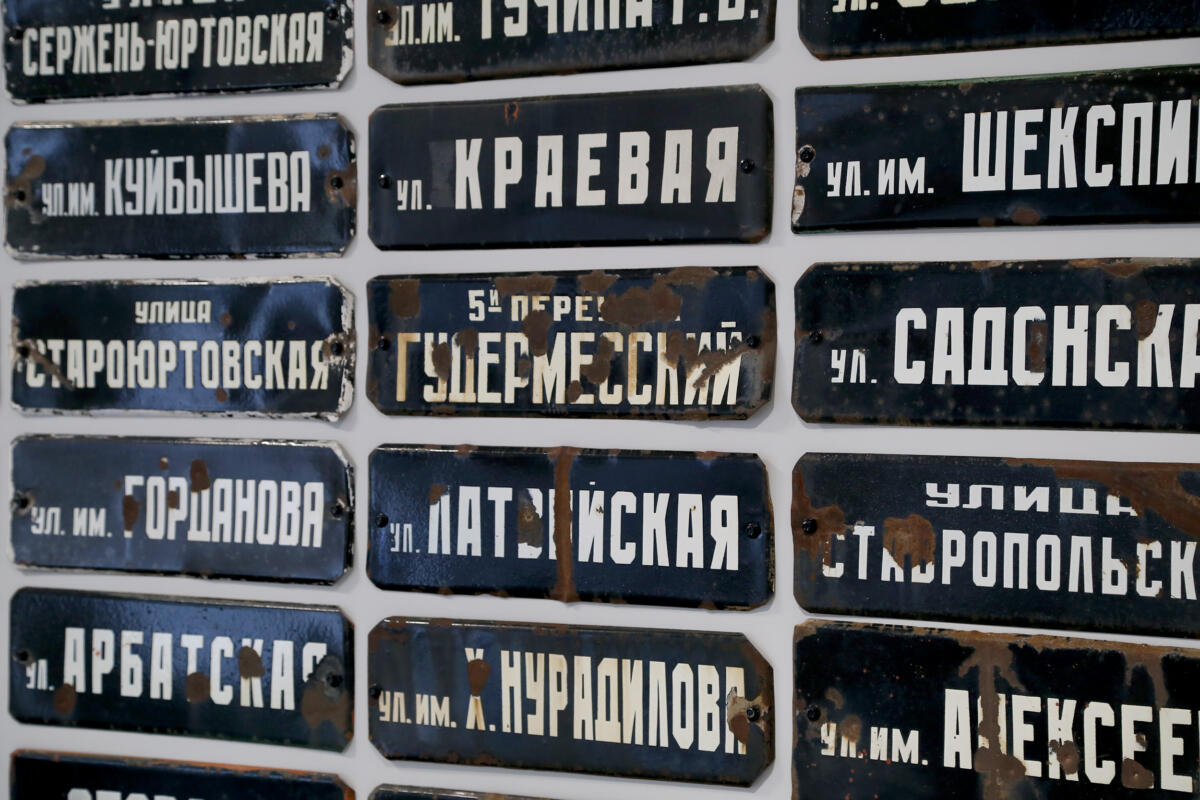
The exhibition also highlights so-called postmemories, which refer to the affective ways that the tragedies of the past continue to live on in the following generations. The presence of traumatic pasts in such ‘body memories’ is addressed in works by Lia Dostlieva and Andrii Dostliev and by Ülo Pikkov. Both works draw connections between the environment and the body: in the first it is the body that becomes an important site for understanding the imperceptible scale of the Holodomor, in the second old apple trees are given agency to remember and connect people with the sites of their former homes from which they were violently uprooted.
What is our involvement in these pasts?, Paulina Pukyte asks, reminding viewers of the coexistence of the past and future in the repetitions of histories that are not acknowledged and worked through. How can this past be thought of today, when the totalitarian ideology has been replaced by neoliberal consumer capitalism, which also manipulates our desires and free will?
Quinsy Gario asks how can Latvia’s historical connection to the colonial past through the 17th-century colonies of the Duchy of Courland be perceived today? Is it a matter of national self-confidence—as is often suggested in cultural works, theatre plays and films—or is it a part of the violent history of global colonialism? How can we understand the relationships between colonialism, Soviet socialism and capitalism in Eastern Europe?
The exhibition forms part of Communicating Difficult Pasts, an international and interdisciplinary project which actively engages with the uncomfortable and often forgotten sides of history in order to understand their influence in the Baltic region and neighbouring countries. The project has fostered collaboration and synergy between artists, curators and researchers who seek new approaches and means to study difficult legacies and to overcome their omission.
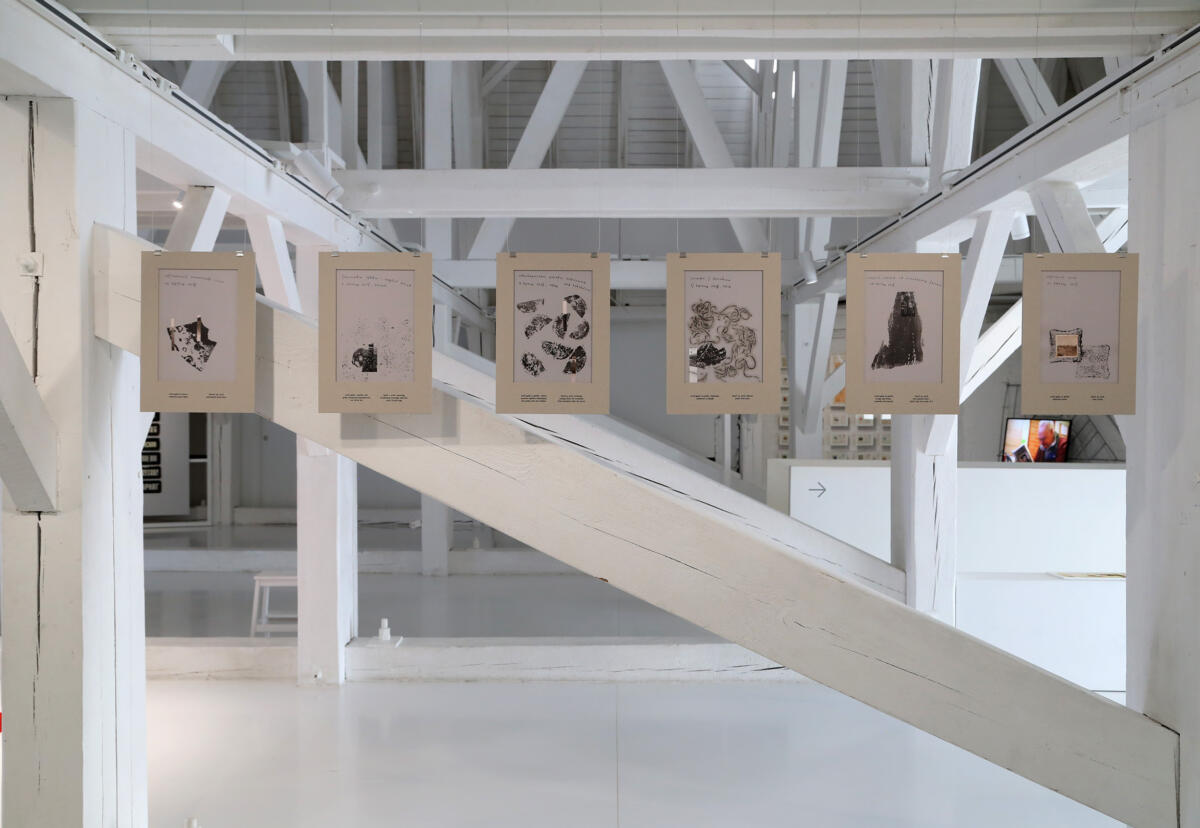
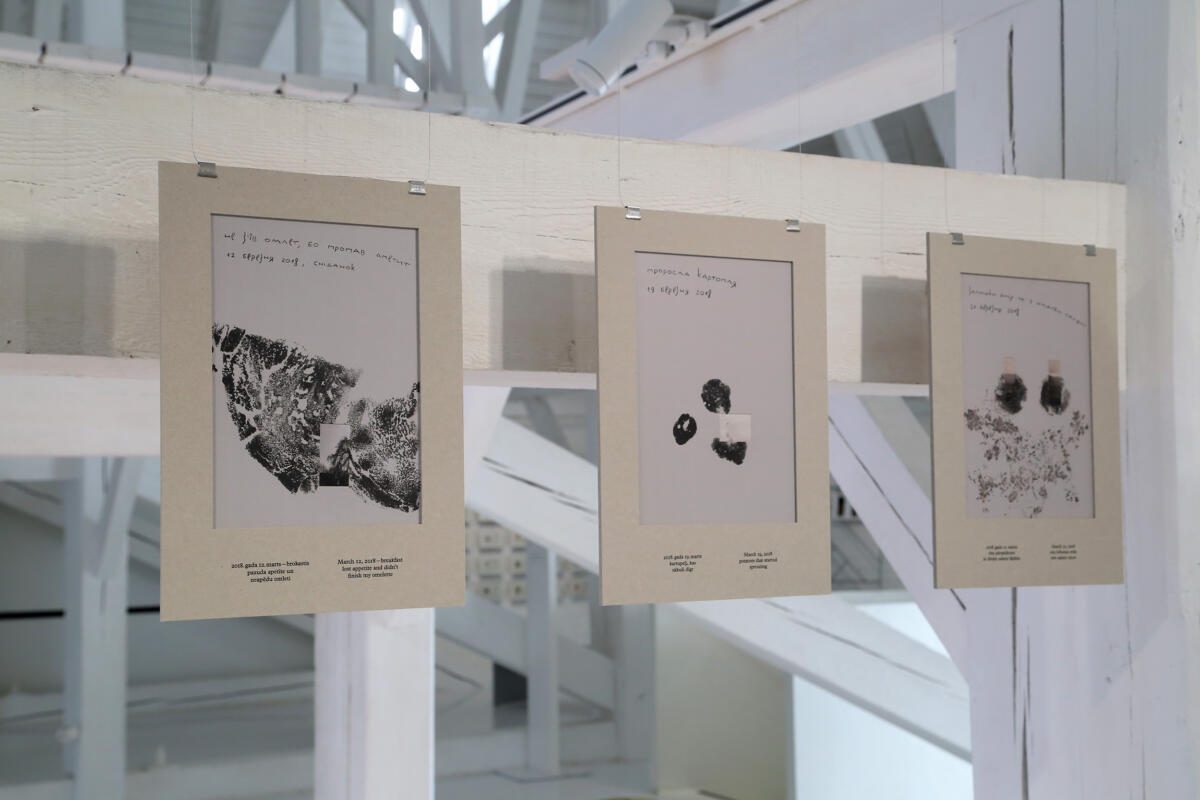
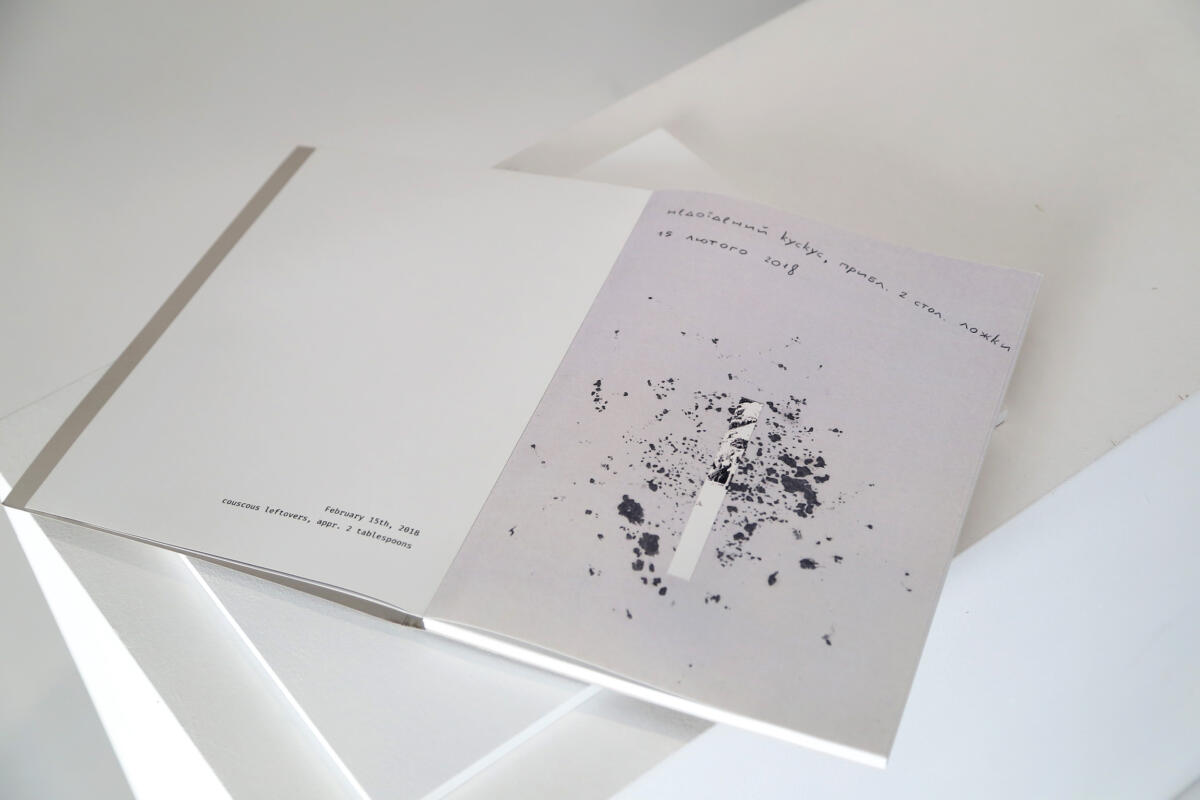



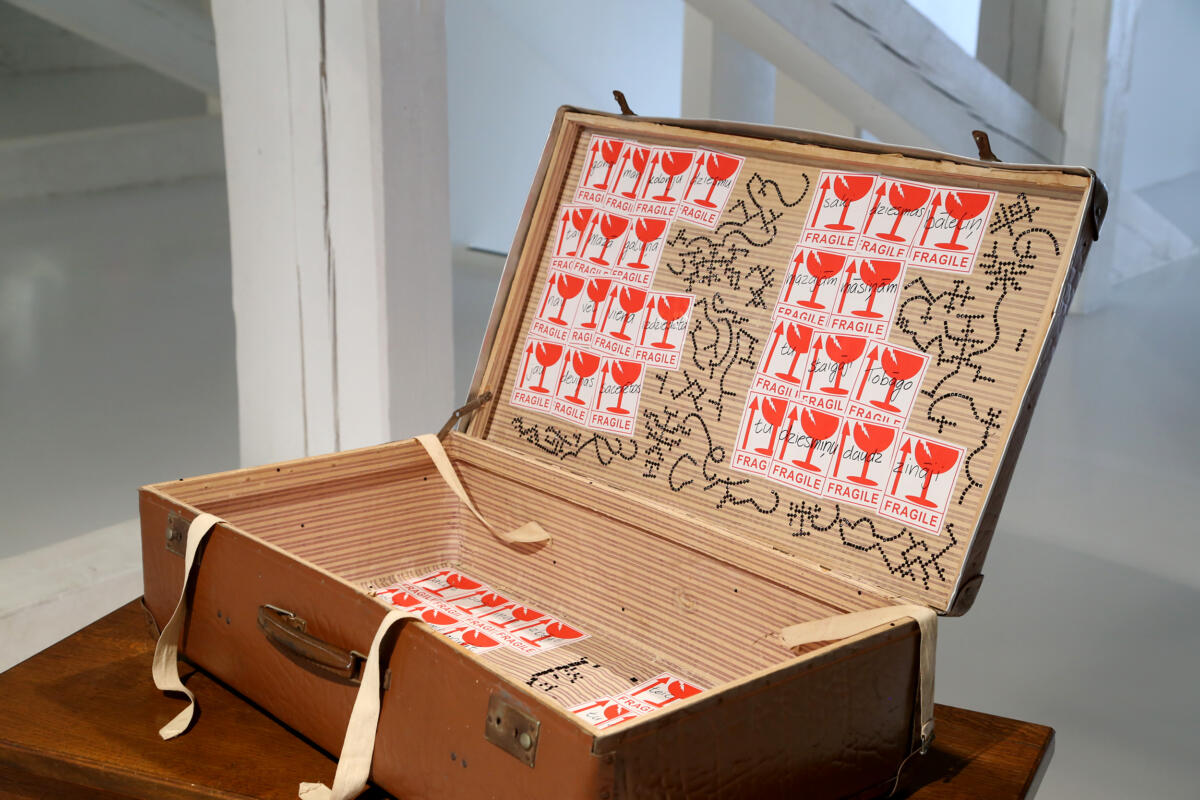


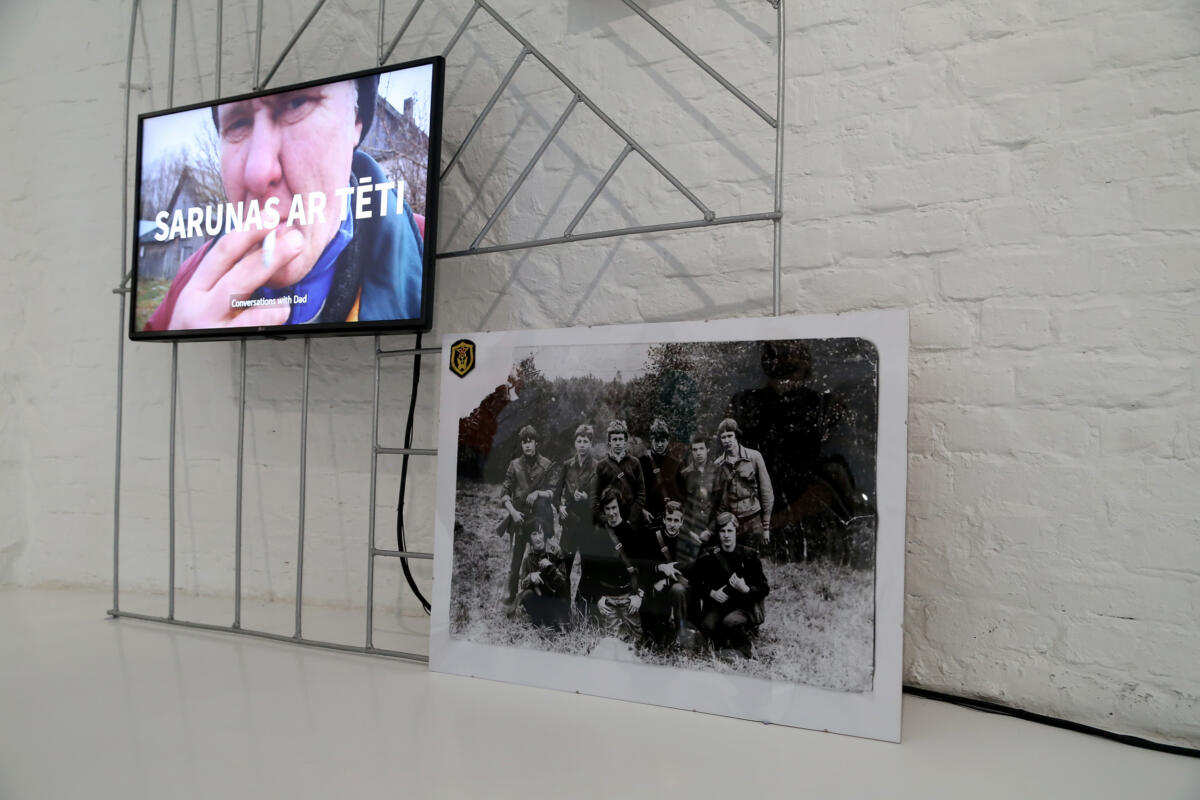

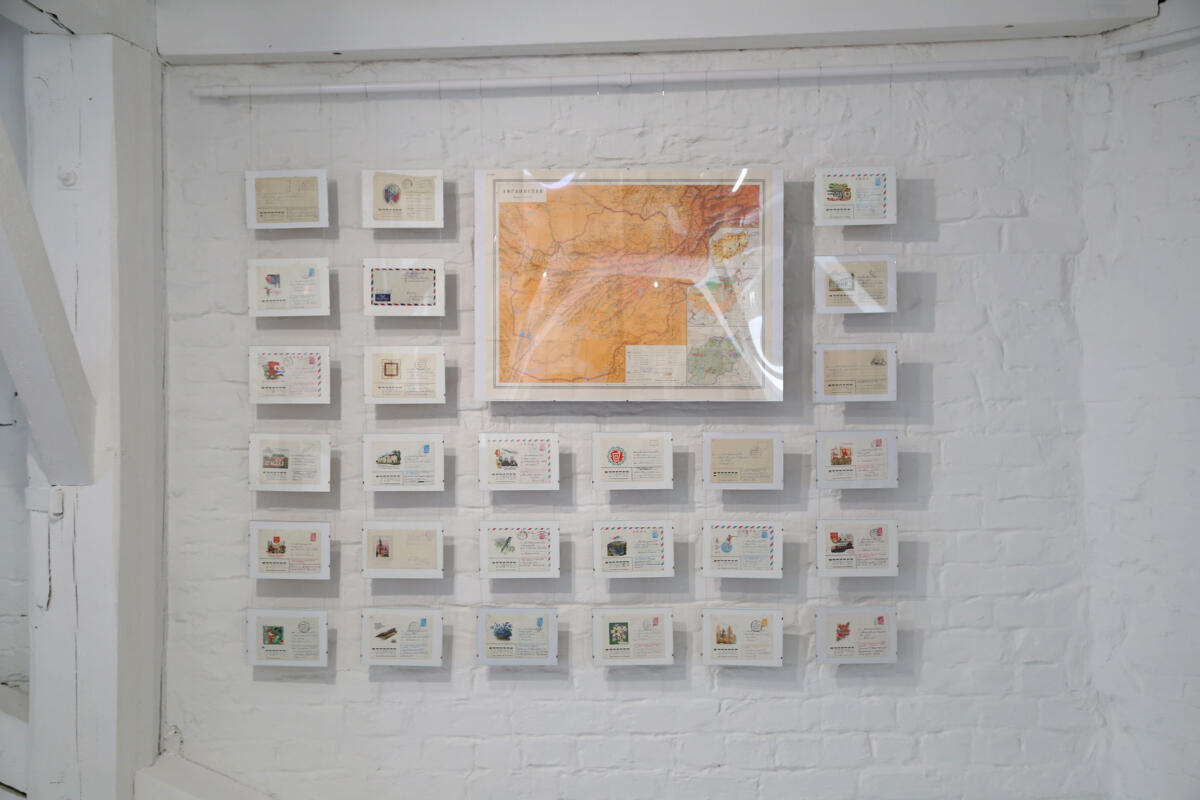
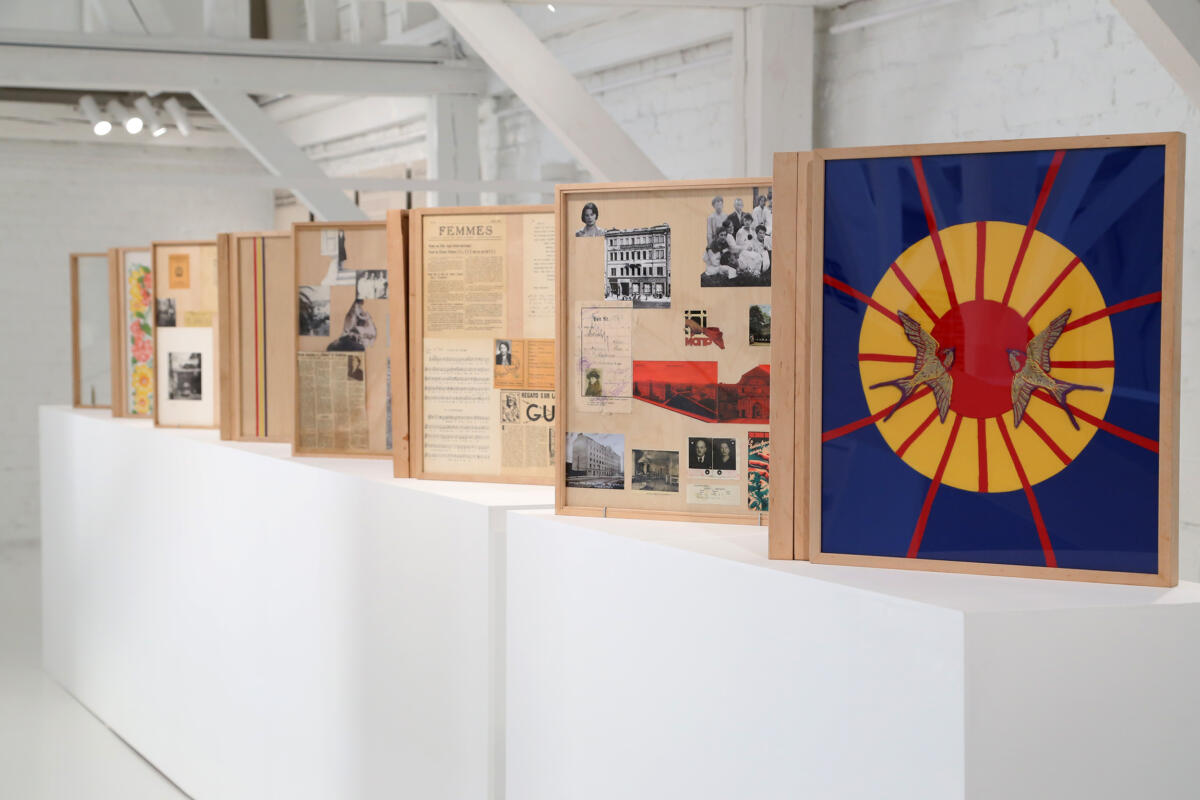
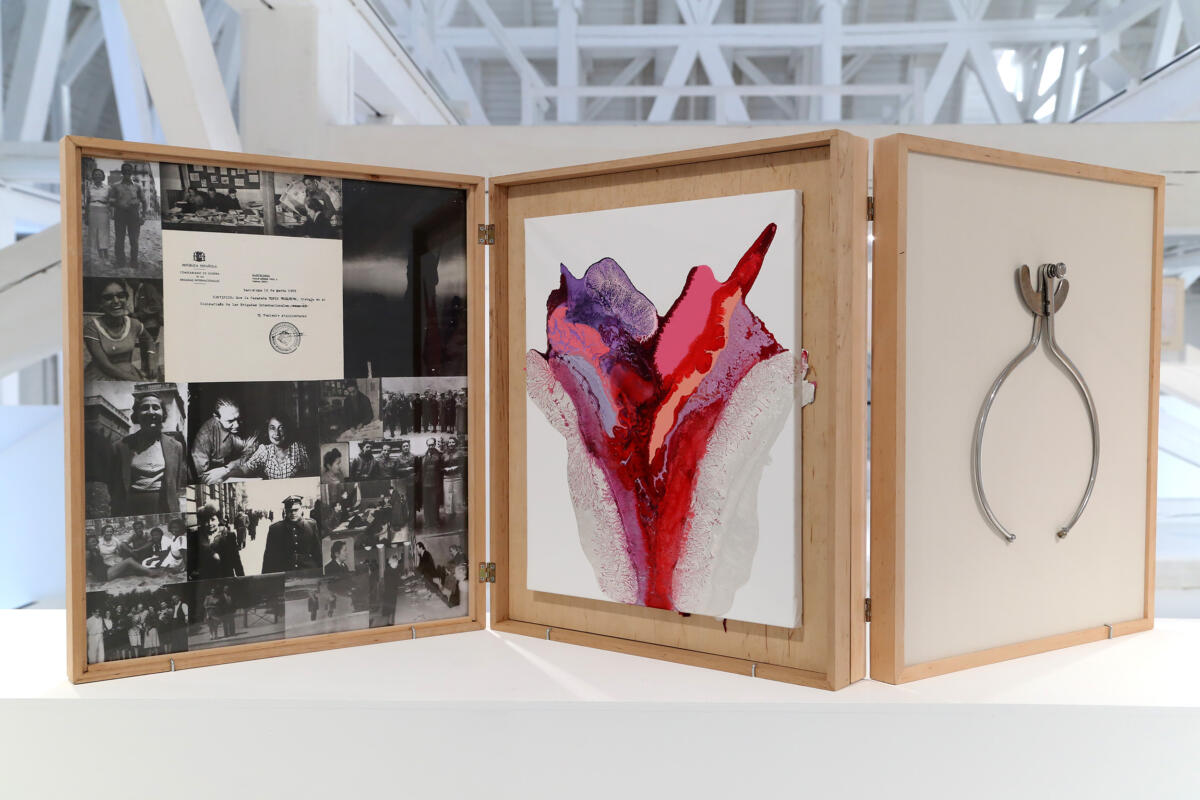
[LV]
teksts: Ieva Astahovska, Margaret Tali
Izstāde “Neērtās pagātnes. Saistītās pasaules” izceļ neērtās, arī noklusētās tēmas Baltijas un Austrumeiropas reģionā un pievēršas sarežģītajam 20. gadsimta mantojumam, kas joprojām ietekmē šodienas realitāti.
Pagātne neizbēgami ietver neērtas un traumatiskas tēmas, taču tās bieži tiek atstātas fonā un to vietā izcelti selektīvi un ērti stāstījumi. Izstāde pievēršas neērtajiem un bieži noklusētajiem pagātnes aspektiem Baltijā un Austrumeiropā – vardarbīgiem konfliktiem, traumatiskiem zaudējumiem un to nospiedumiem šodienā, kas saistīti ar nacionālistiskajiem un komunistiskajiem režīmiem, koloniālismu un nesenām karadarbībām.
Izstādē piedalās mākslinieki no trim Baltijas valstīm, Ukrainas, Polijas, Čečenijas, Somijas un Nīderlandes, un viņu darbi pievēršas notikumiem un pieredzēm, kas bieži ir aizmirsti vai ignorēti un izslēgti no oficiālās vēstures. Mākslinieki pie tiem atgriežas, aicinot ieklausīties gan individuālos dzīvesstāstos, gan izzinot plašākus kultūras atmiņas slāņus.
Tiecoties pārvarēt lokālās un nacionālās robežās, izstāde aicina domāt par attiecībām starp šīm sarežģītajām vēsturēm, to iespaidu un klātbūtni šodienā caur kopīgas vēstures perspektīvu – veidojot dialogu, saistību un solidaritāti starp dažādām neērtajām vēsturēm, kas bieži uztvertas savstarpēji izslēdzošās vai konkurējošās pozīcijās.
Vairāki izstādes darbi pievēršas imperiālajai politikai un tās nospiedumiem. Kādas sekas padomju un postpadomju koloniālā politika 20. un 21. gadsimtā atstājusi uz individuālām dzīvēm un veselām nācijām? Par šodien aizmirsto Afganistānas karu, kurā pret savu gribu tika ierauti daudzi padomju republiku, arī Latvijas iedzīvotāji, atgādina māksliniece Vika Eksta, savukārt par Čečenija kara vardarbību runā Aslans Goisums.
Izstāde izgaismo arī bieži noklusēto sieviešu pieredzi – caur stāstījumiem par viņu līdzdalību brīvības cīņās, kā Zuzannas Hercbergas portretētās sievietes, kas piedalījās Spānijas pilsoņu karā, traģiskām deportāciju pieredzēm, ko caur animāciju atdzīvinājis Ūlo Pikkovs, un Jānas Kooko filmā atsegtajai sieviešu ikdienas pieredzei, kas mijas ar atmiņām par okupācijas laiku un romu genocīdu – viņa pievērsusies šai vēsturei, pētot rakstnieces Hellas Vuolijoki dzīvesstāstu Valgā un Valkā.
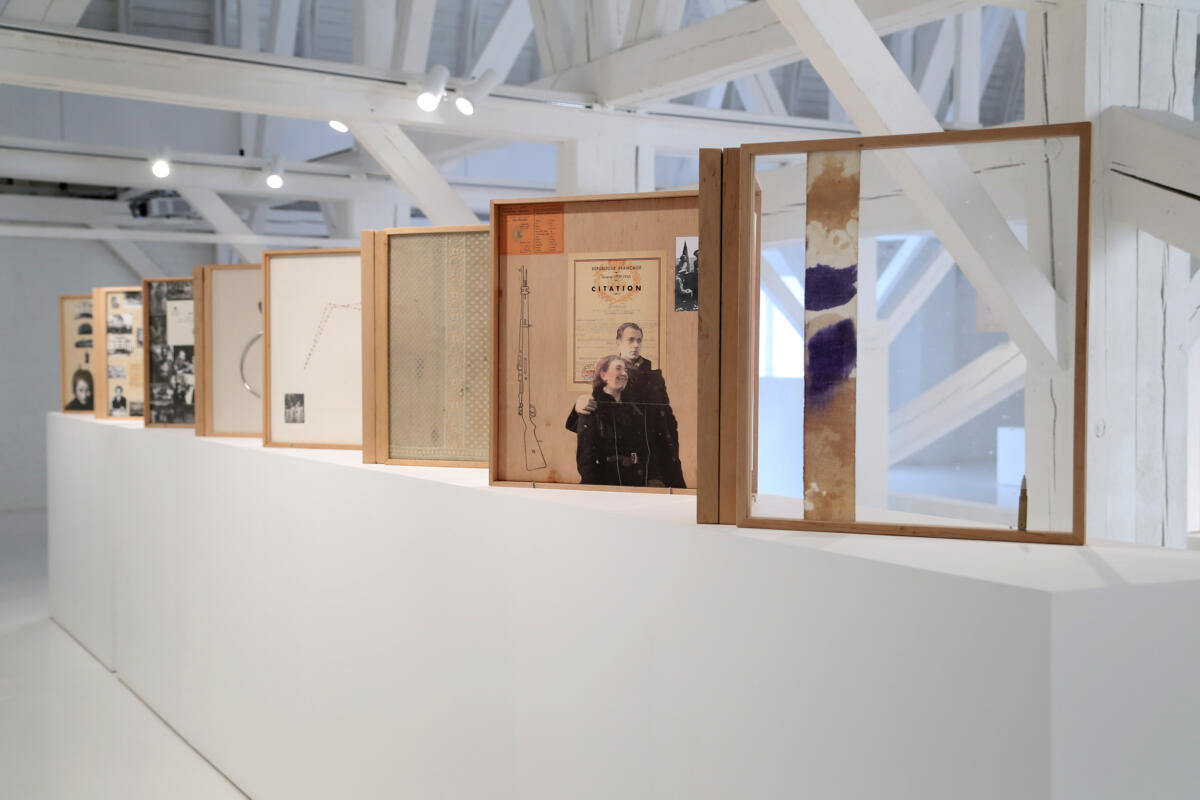

Izstādē redzamie darbi izceļ arī t.s. pēcatmiņas pieredzi, jo pagātnes traģēdijas turpina dzīvot arī nākamajās paaudzēs, to sajūtu un “ķermeņu atmiņās”, kas turpinās caur vecāku un vecvecāku stāstiem. Šie darbi atsedz saikni starp ķermeni un vidi: ķermenis kļūst par vietu, domājot par mākslīgi izraisītā bada golodomora neaptveramo mērogu Lias un Andrija Dostlijevu darbā, savukārt Ūlo Pikkova animācijā sen pamestu māju ābeļdārzs atceras cilvēkus un viņu piederību vietām, no kurām viņi vardarbīgi tika atrauti.
Kāda ir mūsu ikviena iesaistītība šajās pagātnēs – vaicā māksliniece Paulīna Puķīte, savos darbos liekot aizdomāties par pagātnes un nākotnes līdzāspastāvēšanu un apspiestas un “nepārstrādātas” vēstures atkārtošanos. Kā domāt par tām šodien, kad totalitāro ideoloģiju ir nomainījis neoliberālais patērētājkapitālisms, kas arī manipulē ar mūsu vēlmēm un brīvo gribu?
Kvīnisjs Gario pārjautā – vai Latvijas vēsturiskā saistība ar koloniālo pagātni caur Kurzemes hercogistes īslaicīgajām kolonijām 17. gadsimtā ir uztverama kā nācijas pašapziņas jautājums – kā tas nereti interpretēts dažādos kultūras darbos, lugās un filmās – vai daļa no vardarbīgās globālās koloniālisma vēstures? Kā mēs varam saprast attiecības starp koloniālismu, padomju sociālismu un kapitālismu?
Izstāde notiek starptautiska un starpdisciplināra projekta “Izzināt sarežģīto pagātni” ietvaros, kas pievēršas jautājumiem par neseno pagātni un tam, kādu iespaidu šī pagātne atstājusi uz šodienu Baltijas reģionā un tā kaimiņvalstīs. Projekts tiecas attīstīt sadarbību starp māksliniekiem, kuratoriem un pētniekiem, kuri, analizējot nesenās pagātnes neērto mantojumu, meklē jaunas pieejas un veidus tā izzināšanai un noklusējumu pārvarēšanai.
Imprint
| Artist | Aslan Ġoisum, Jaana Kokko, Lia Dostlieva, Andrii Dostliev, Paulina Pukytė, Quinsy Gario, Ülo Pikov, Vika Eksta, Zuzanna Hertzberg |
| Exhibition | Difficult Pasts. Connected Worlds |
| Place / venue | Latvian National Museum of Art, Riga, Latvia [organized by the Latvian Centre for Contemporary Art] |
| Dates | 28 November 2020 – 07 March 2021 |
| Curated by | Ieva Astahovska and Margaret Tali |
| Photos | Margarita Ogolceva |
| Website | www.lnmm.lv/ |
| Index | Andrii Dostliev Aslan Ġoisum Ieva Astahovska Jaana Kokko Latvian Centre for Contemporary Art Latvian National Museum of Art Lia Dostlieva Margaret Tali Paulina Pukytė Quinsy Gario Ülo Pikov Vika Eksta Zuzanna Hertzberg |



